Robert Forman lives in New Jersey, USA and has been crafting yarn paintings since 1969. His technique involves gluing yarn, cotton, linen, rayon, and silk to hard, flat surfaces.
Nearly two decades after developing his method, Robert discovered that the Huichol community in Mexico creates art in a very similar style. He traveled to Mexico as a Fulbright Scholar to meet and collaborate with other yarn painters.
His work is often exhibited at the The Francis M. Naumann Gallery in Manhattan, NY, and will certainly be on display throughout the remainder of 2015.
Robert shares with us in this interview how his art originates from a deeply personal place, and how at times his technique has been criticized by other artists.
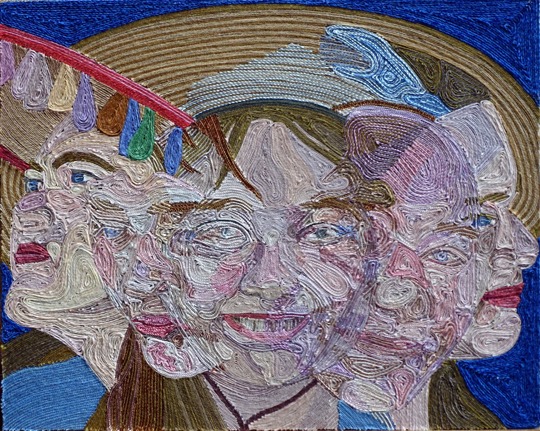
Consider them paintings
TextileArtist.org: What initially captured your imagination about textile art?
Robert Forman: I began making yarn paintings in 1969 while still in High School. I had been fooling around with paint in my parent’s basement when one day I incorporated my mother’s embroidery thread into a collage. I ended up covering the entire piece with thread.
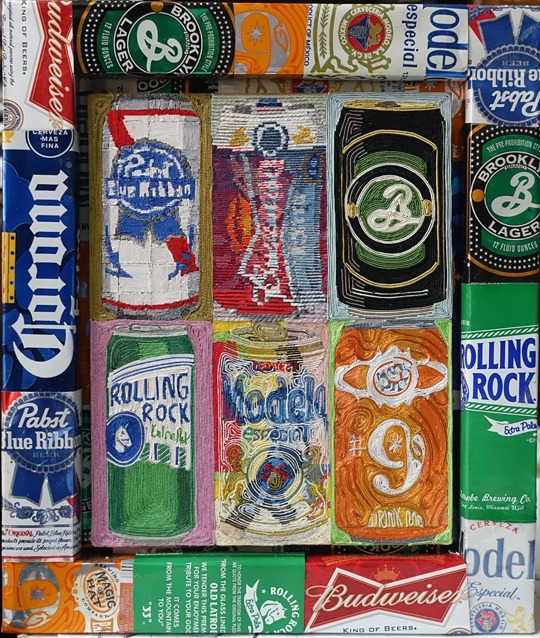
What or who were your early influences and how has your life/upbringing influenced your work?
I was in high school when I started making string pictures. My art teacher, John Merlino, has been a life long influence. John put me together with a fellow student, Douglas Wilson, with whom I went on daily drawing excursions.
My grandparents were weavers who moved from Bialystok, Russia to Paterson, NJ to work in the silk mills. My picture, Grandpa Amel, references this connection.
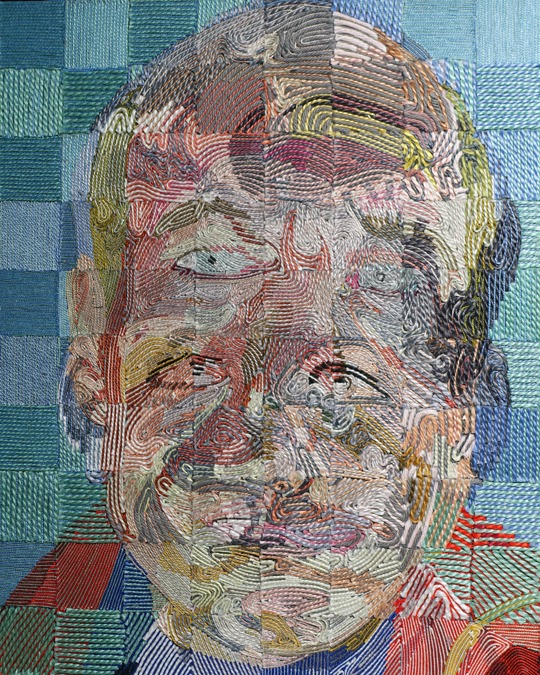
What was your route to becoming an artist?
In college at Cooper Union I first I kept my string pictures to myself. I was drawing all the time but there was a large skill gap between my drawing and my painting. My painting professor, Jack Whitten, asked what we did during vacation. I mentioned that I’d spent the vacation working on a project but it wasn’t exactly painting. After visiting my studio, Jack suggested I stick with string and he would consider them paintings.
I received a BFA at Cooper Union in painting for my string pictures.
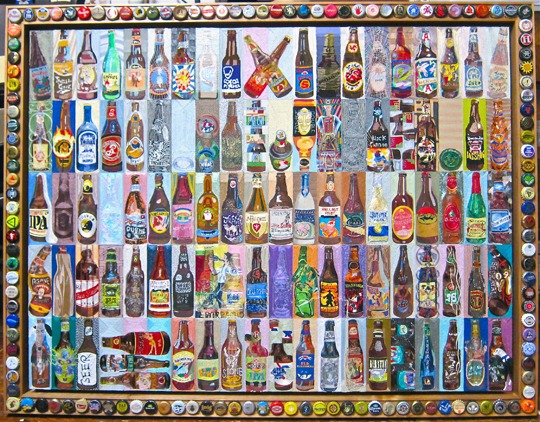
What is your chosen medium and what are your techniques?
I attach colored yarn to ClayBoard™ using Elmer’s Wood Glue™. Yarns vary in material and thickness. My materials include cotton, linen, silk, and rayon. The diameter ranges from sewing thread to eighth inch cord. Forms are rendered by the direction the yarn is glued as well as color changes. Yarn lit horizontally is bright while vertically lit yarn is dark. The material and sheen of the yarn determines the intensity of this effect.
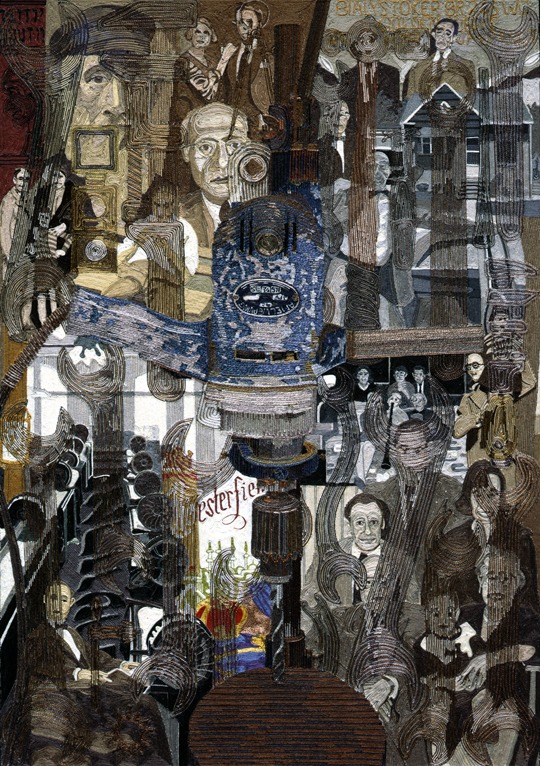
I am able to mix colors by alternating yarn. I can also mix a number of images using this technique. The finished picture is sealed with Fabric Guard™. The final step is the frame, which I mill and build in my wood shop.
I originally called my work String Pictures.
At Cooper Union, since I was majoring in painting, I changed to String Paintings.
When I applied for my Fulbright I adopted the Huichol term Yarn Paintings.
When I exhibited at the Clinton Museum I also showed my Huichol collection in a separate gallery. To distinguish between the two exhibits, the curator called my work Thread Painting.
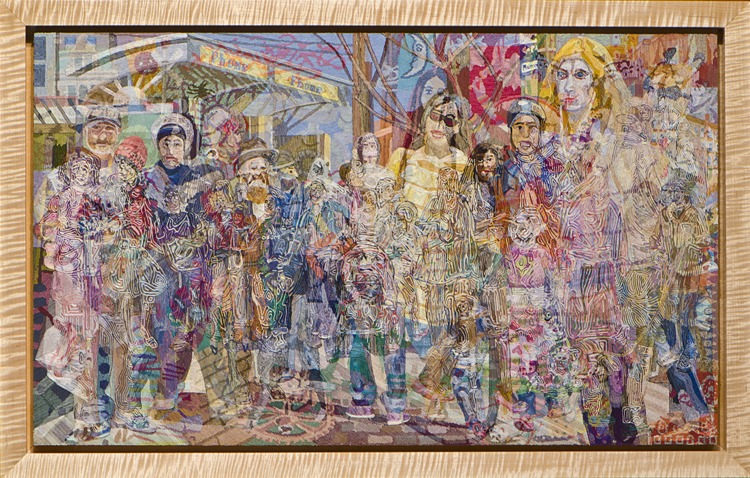
A deeply personal place
How would you describe your work and where do you think it fits within the sphere of contemporary art?
I agree with the artist Eva Hesse statement:
I feel so strongly that the only art is the art of the artist, personally. My interest is in solely finding my own way. I don’t mind being miles from everybody else.
I am interested in art that comes from a deeply personal place. Where my work fits within the sphere of contemporary art is not my call.
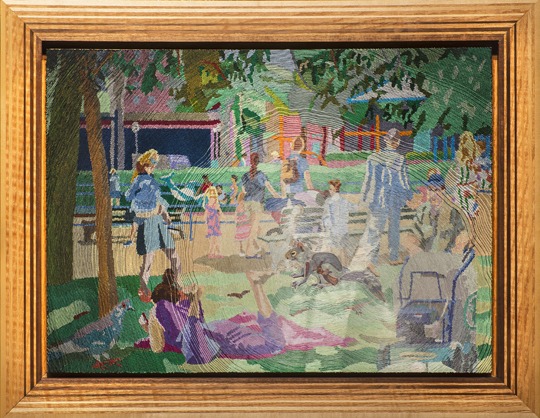
Tell us a bit about your process and what environment you like to work in?
The exciting part of being an artist is taking an idea and making it physical. My work begins with drawing. Once I have decided on the dimensions of a picture, I make a full size drawing (cartoon) laying out the structure of the piece. For pieces with multiple images, I draw multiple cartoons. I transfer the drawing to the board using carbon paper. For multiple images, I use different colored carbon paper. The direction the string is glued as well as its texture are as important as the strings color.
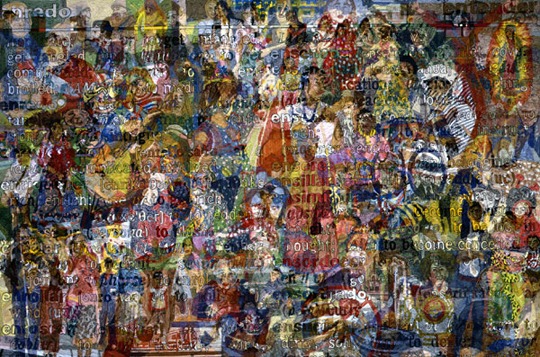
What currently inspires you and which other artists do you admire and why?
I’m still in touch with John Merlino and Jack Whitten; they are the two teachers from whom I have learned the most.
The work of Chuck Close resonates with me. I’m closely connected with Huichol artists and their yarn paintings. I love wandering the Asian and East Asian wing of the Metropolitan Museum. My favorite museum at the moment is the Rubin Museum in New York, which specializes in Tibetan art.

Pigeonholes as craft
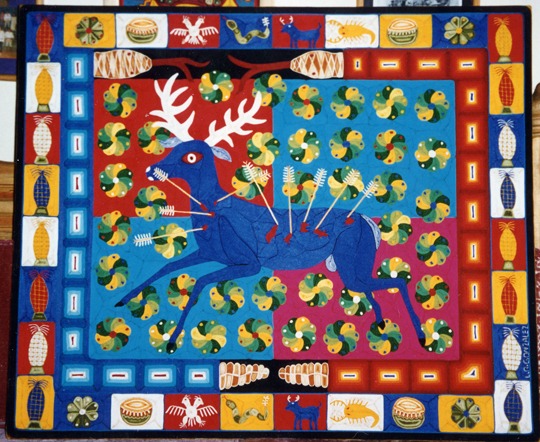
Tell us about a piece of work you have fond memories of and why?
Huichol yarn painting started with wool yarn and is now almost exclusively acrylic. One exception is the work of J. Refugio Gonzalez Lopez. Refugio’s pictures include cotton and nylon yarn. I once told Refugio of my frustration with my work being pigeonholed as craft, not Fine Art. Refugio replied that since he was an Indian his work would always be considered folk art.
Refugio was well traveled and aware of modern art movements. One of my favorite pictures of his played off of a Frieda Kahlo painting of herself as a wounded deer. Refugio took the image and returned it to its indigenous roots turning the deer into the sacred Huichol blue deer. In the picture, the nylon deer glows in contrast to the surrounding cotton.
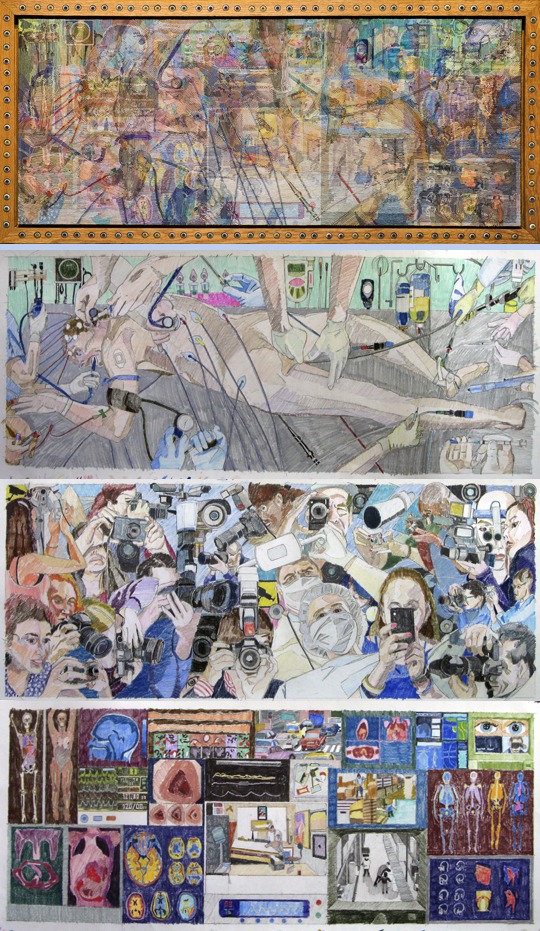
How has your work developed since you began and how do you see it evolving in the future?
I often find that my medium confuses people. I was once accepted into a gallery show based on slides. When I delivered the piece, the gallery director seemed pleased with it until the moment he realized it was string. I remember him saying that if string were a legitimate technique there would be other artists using it.
It was shortly after this experience that I saw a Huichol yarn painting at a Greenwich Village flea market. Looking at the yarn painting I realized that there were other yarn painters. I began to read books and seek out more examples of Huichol yarn paintings. The Huichol are an indigenous people living in Mexico’s remote Sierra Madre Mountains who traditionally constructed prayer offerings by attaching various materials to a substrate with wax.
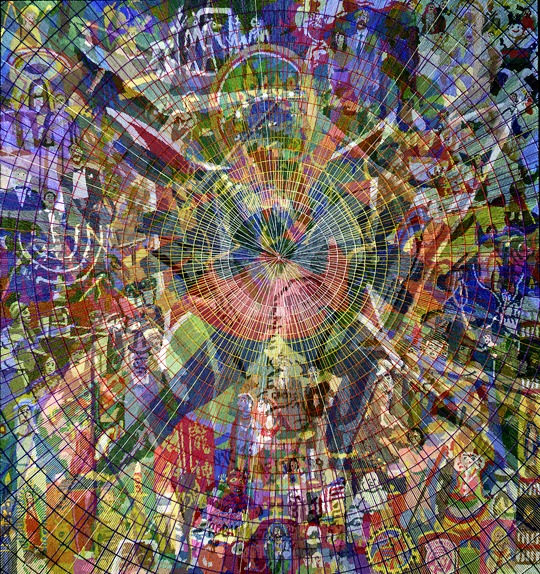
This technique is used today to create flat yarn paintings largely for the tourist trade. I applied for a Fulbright Fellowship to travel to Mexico. Among the Huichols I found a community where painting with yarn was an accepted technique for artistic expression. Huichol and my art reflect our different cultural backgrounds but share a common technique. With Huichol artists I was able for the first time to talk shop with artists working in my medium. Huichol artists also seemed fascinated by the coincidence of our parallel development of yarn painting.
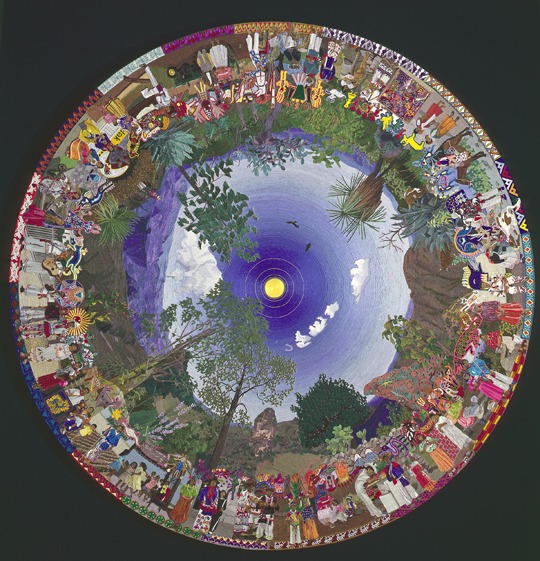
My painting Nierica (1994) was my Fulbright project. A five-foot circle, Nierica celebrates Huichol culture using our common technique within the personal style I had developed during the past 25 years. The circular format is the shape of traditional Huichol prayer offerings. The sun is at the center surrounded by a landscape with a border composed of the Huichol people I met interwoven with symbols and images from their art. The landscape is based on the Huichol sierra. The word Niericais is derived from a Huichol word signifying a visionary ability facilitated by a small round mirror. Our art has become the language of our cross-cultural dialogue achieving the Fulbright goal of “increasing mutual understanding between people of the United States and the people of other countries.”
In the over 20 years since I first went to Mexico, I have returned regularly and have hosted Huichol artists in my New Jersey home.
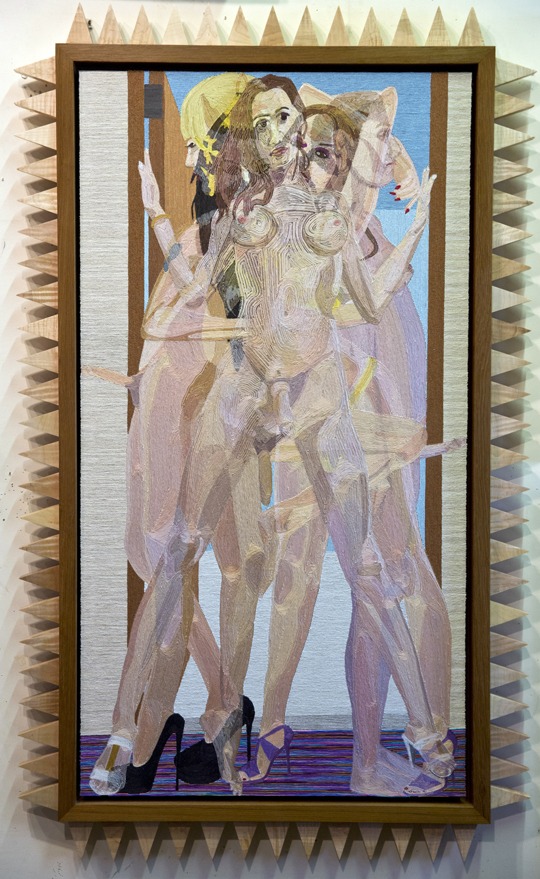
Follow your intuition
What advice would you give to an aspiring textile artist?
My only advice would be to follow your intuition and not to overly depend on other people’s advice.

What piece of equipment or tool could you not live without?
I have been using the same small screwdriver to press the string and move the glue around since my first string picture. This screwdriver, a pair of thread snips and a small Elmer’s glue container are my indispensable tools. Recently a pair of reading glasses has been added to my important tool list.
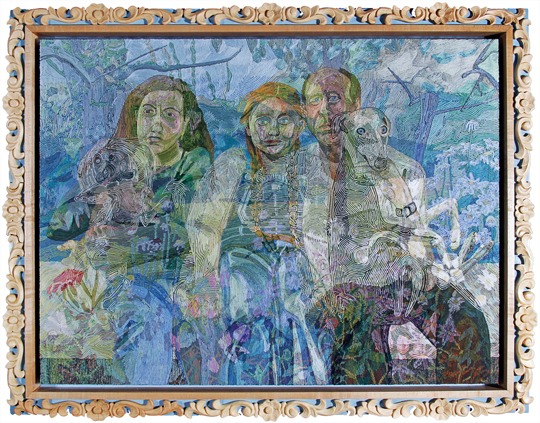
Do you give talks or run workshops or classes? If so, where can readers find information about these?
I am occasionally invited to give talks on my work and on my relationship with Huichol artists. I post these on my website and on Facebook.

How do you go about choosing where to show your work?
Francis Naumann Fine Art in Manhattan often shows my work. I like my work to make it out of my studio to be seen by a larger audience.
As long as the space is secure and the work is insured I’m interested in exhibiting.
I make small, 8 X 10 pictures that fit in my knapsack so I can show them when traveling in Mexico.
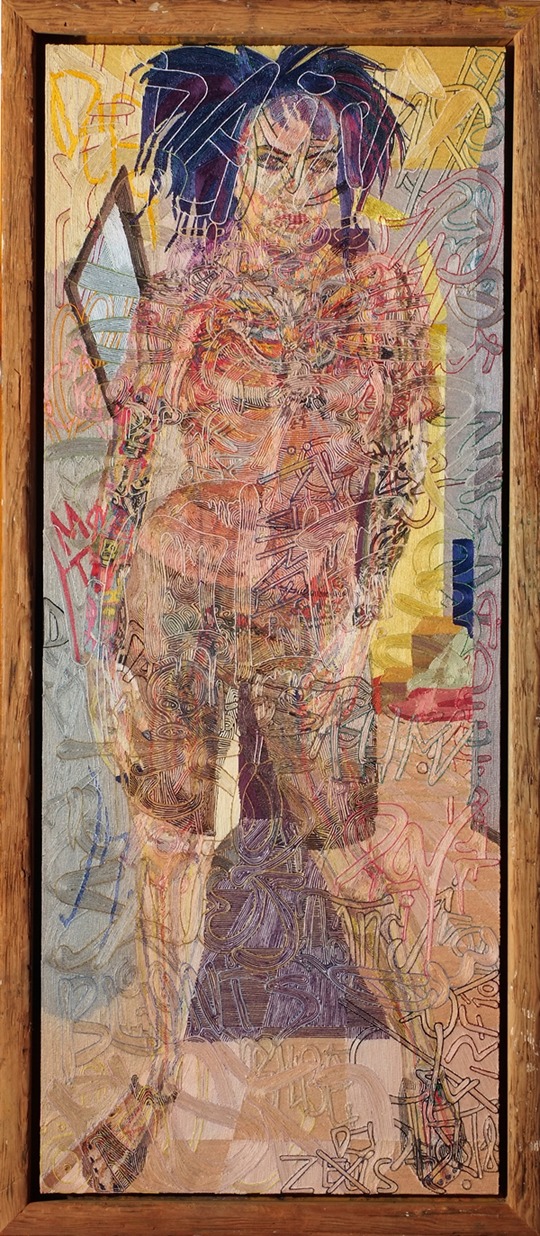
Where can readers see your work this year?
The Francis M. Naumann Gallery, 24 West 57th street in Manhattan. Francis keeps a few pieces of mine at the gallery. I am in several permanent collections including the American Consulate in Monterrey, Mexico, the Renwick Museum in Washington, DC, and the Noyes Museum in Oceanville, NJ.

If you want more information, please visit: robertforman.net
Do you consider yarn a less legitimate technique than traditional paint? Why, or why not? Leave a comment below.
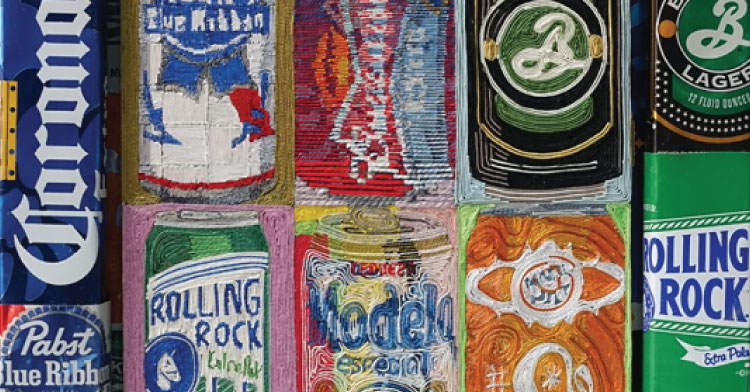
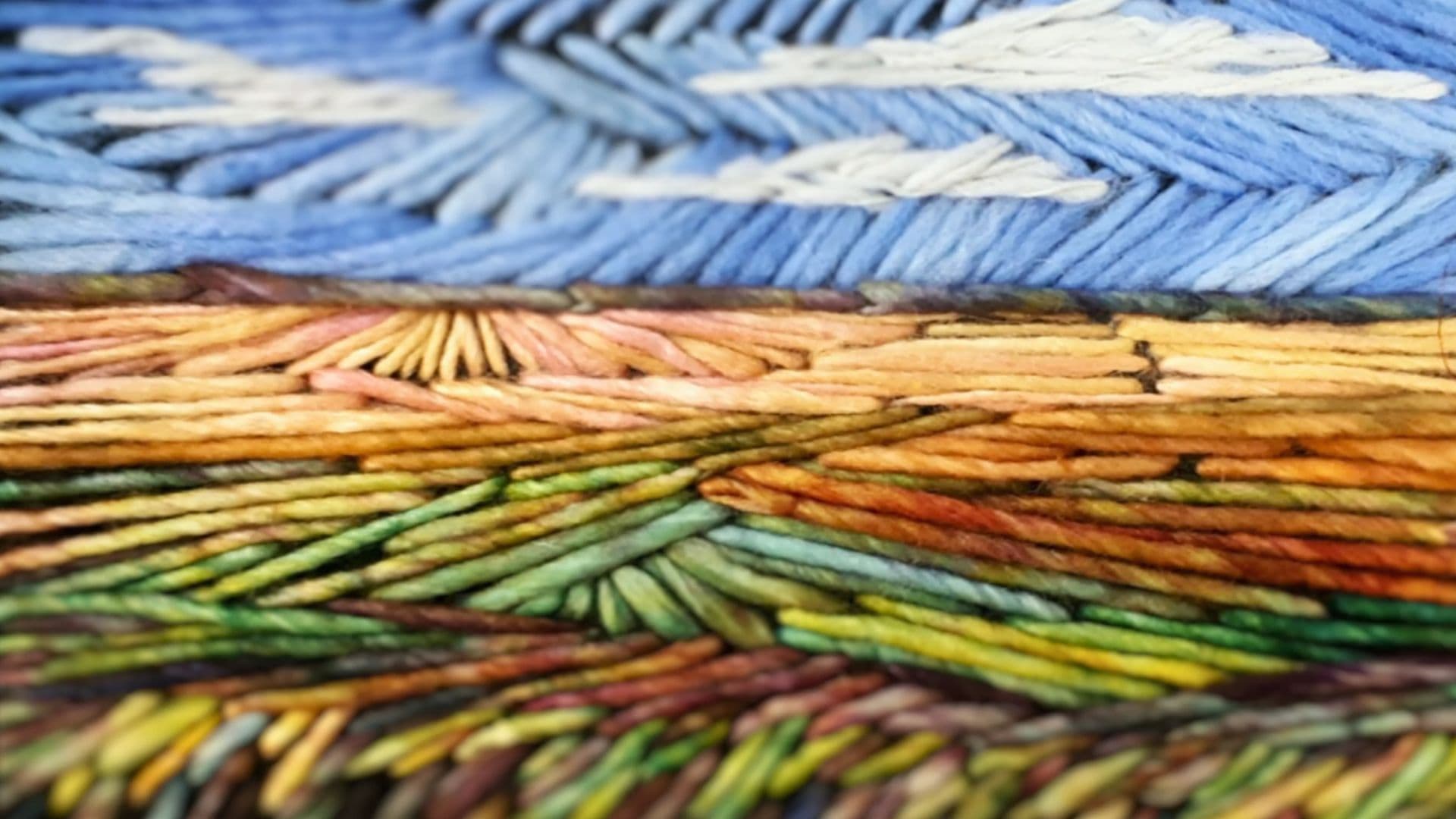
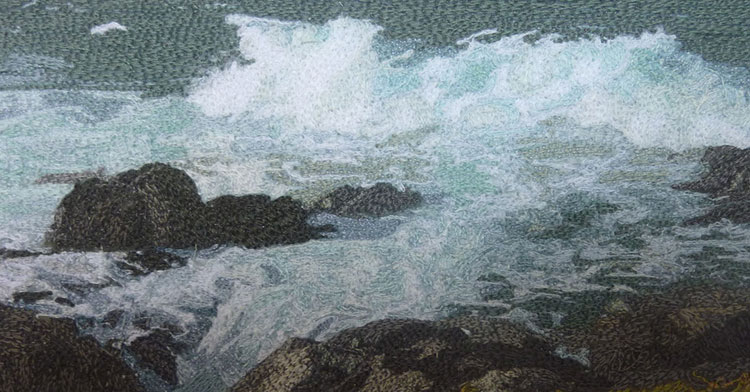
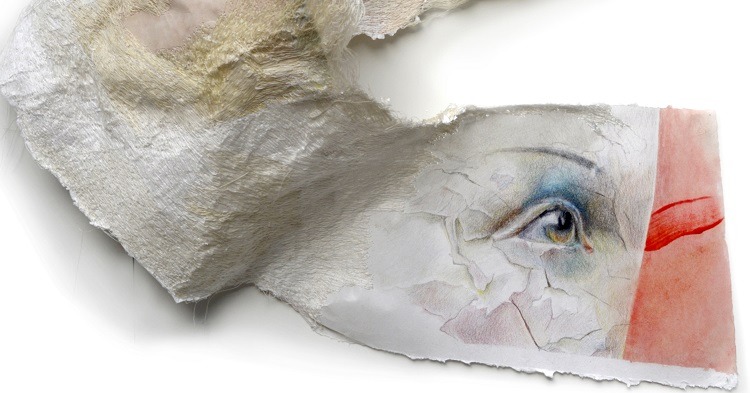
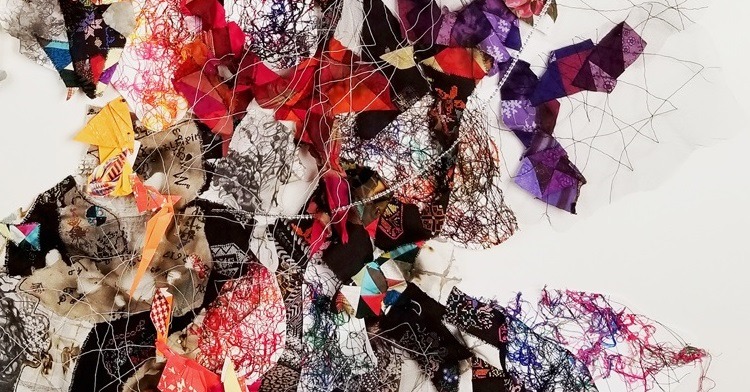
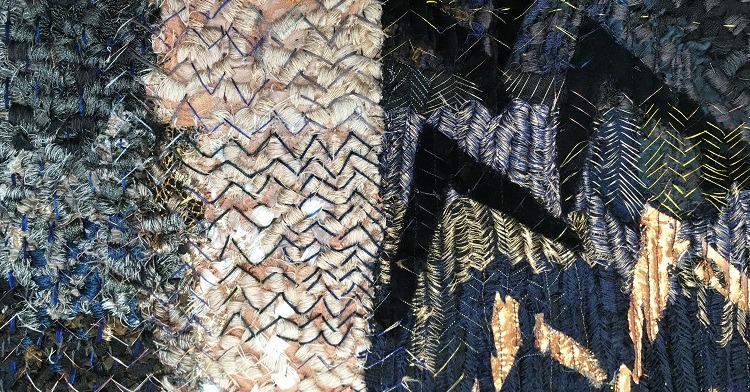
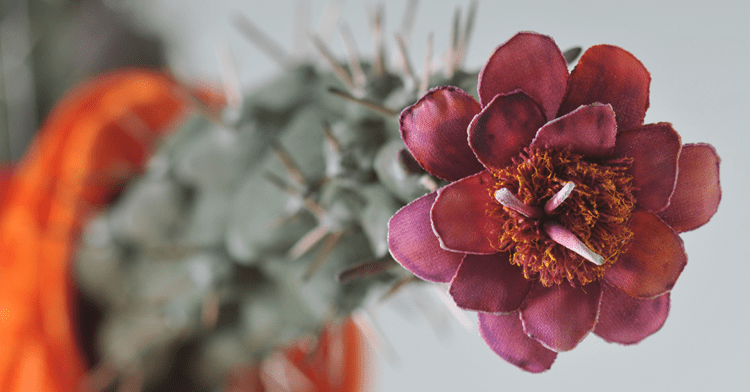
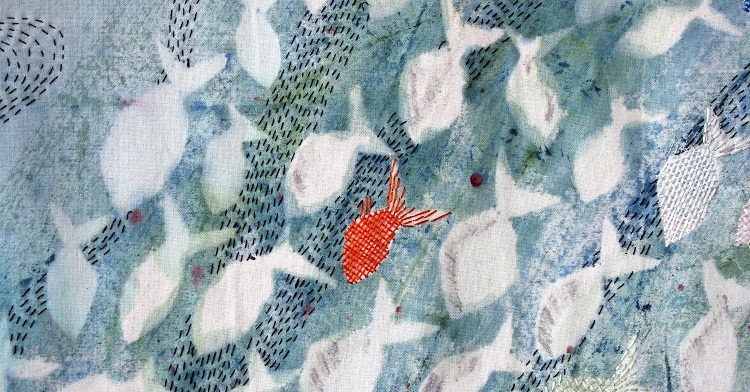
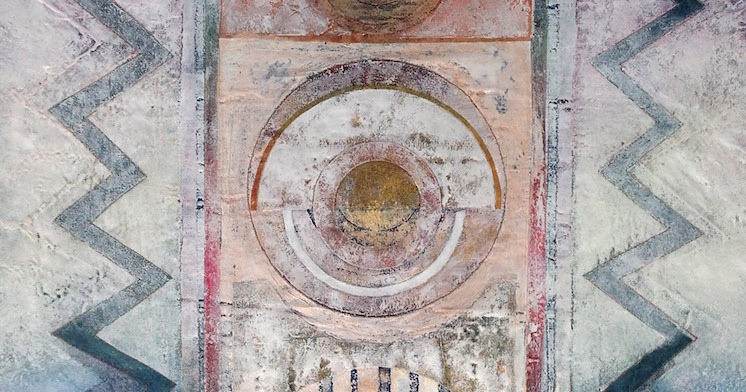
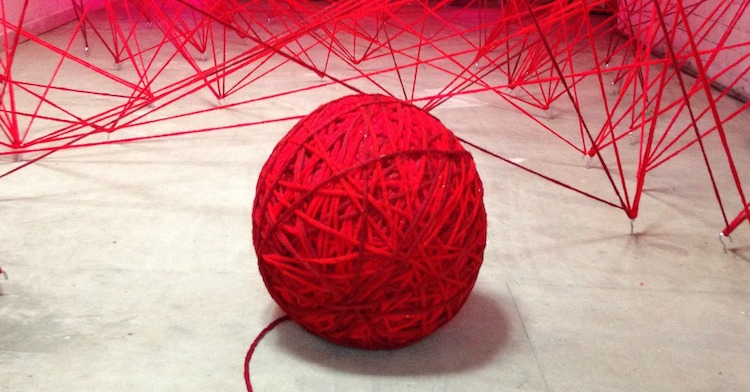
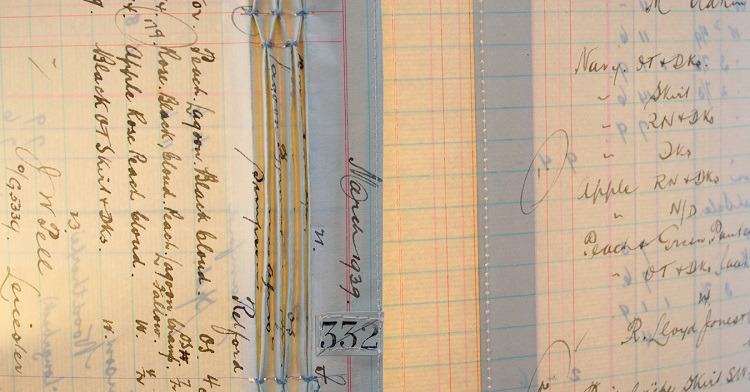
3 comments
Rita Hough
I have a painted simple cat picture w signiture of Robert Guyman Fortes. This looks like from the 30’s-40’s ? It’s signed. U.S. it this artist? A child one too but it’s not signed.
Dana Biddle
I work with yarn, and love it but Roberts work gives the words “yarn art” a whole new meaning. It is beautiful.
Elizabeth Cuellar
Robert, I loved your interview. Please e-mail me. My computer won’t accept Facebook usuallly nor send anything. Hugs, Elizabeth